Click on images to enlarge
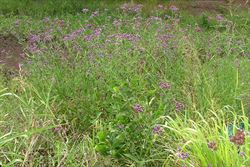
infestation (Photo: Sheldon Navie)
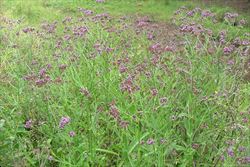
habit (Photo: Sheldon Navie)
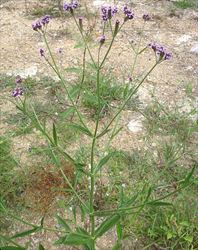
habit (Photo: Sheldon Navie)
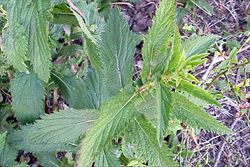
stalkless leaves with sharply-toothed margins (Photo: Sheldon Navie)
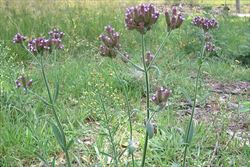
clusters of flowers at the tips of the stems (Photo: Sheldon Navie)

branched flower clusters (Photo: Sheldon Navie)
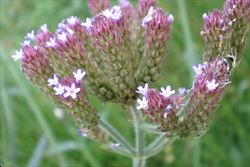
close-up of the tubular flowers borne at or just below the top of the short flowering branches (Photo: Sheldon Navie)
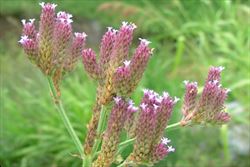
immature fruit in dense, slightly elongated, clusters (Photo: Sheldon Navie)
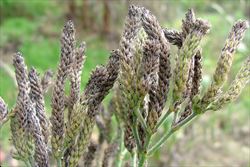
mature fruit (Photo: Sheldon Navie)
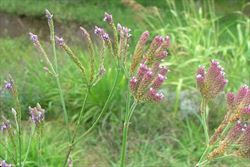
comparison of seashore verbena (Verbena litoralis) with narrow elongated flower clusters, left, and purpletop (Verbena incompta) with shorter broader flower clusters, right (Photo: Sheldon Navie)

comparison of rigid verbena (Verbena rigida), with a scrambling habit, growing around a single upright purpletop (Verbena incompta) plant (Photo: Sheldon Navie)
Scientific Name
Verbena incompta P.W. Michael
Synonyms
Verbena bonariensis L. (misapplied)Verbena bonariensis L. var. bonariensis (misapplied)
Family
Verbenaceae
Common Names
purple-top, purpletop, purple-top verbena, purpletop verbena, untidy verbena
Origin
Like Verbena bonariensis, this species is native to South America.
Naturalised Distribution
Purpletop (Verbena incompta ) is widely naturalised in southern and eastern Australia (i.e. in Queensland, New South Wales, the ACT, Tasmania, Victoria and south-eastern South Australia). It is possibly also naturalised in south-western Western Australia and is naturalised on Lord Howe Island and Norfolk Island.
Naturalised overseas in New Zealand, Fiji, Papua New Guinea and South Africa.
Note: In some states of Australia (e.g. Victoria, Tasmania, South Australia and Western Australia), this species is still regarded to be part of Verbena bonariensis.
Notes
The purpletops (Verbena incompta and Verbena bonariensis) are regarded as environmental weeds in Victoria, New South Wales, Queensland, Tasmania and the ACT.
Verbena incompta is often confused with, or regarded as being the same as, Verbena bonariensis and so its impact has been largely attributed to the latter species.

